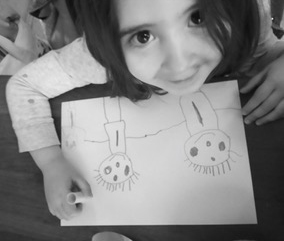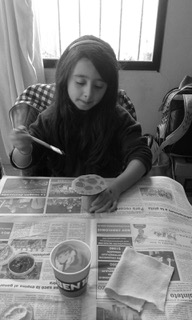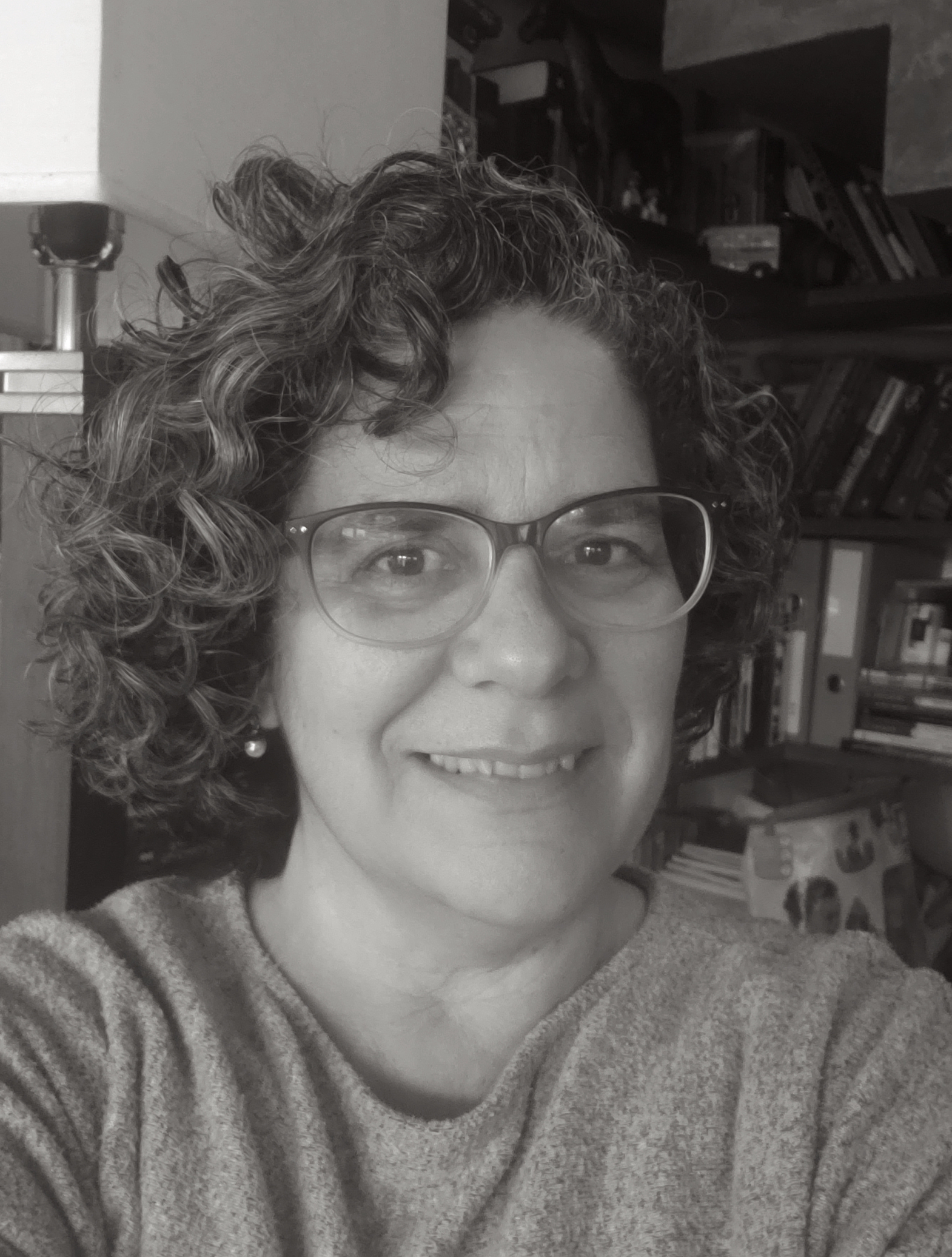Young Learners, who are sometimes referred to as digital natives, are the human beings that might be more capable to adapt to virtual learning. However, children from 6 to 11 years old need other contexts and experiences to learn and thrive. Uruguay, fortunately has a really broad and quite cheap wi-fi connection in cities, small towns and even most rural areas. Therefore, teachers we have been making the most to find out how to put this together to facilitate learning in the new remote teaching context.
Getting into Emergency Remote Teaching in Uruguay
Teaching and learning circumstances due to this pandemia are quite different to regular online courses. The appropriate term according to Bond, Hodges, Moore, Lockee and Trust (2020) for the type of instruction delivered in the new circumstances is Emergency Remote Teaching. The courses now re-created in virtual contexts were thought, planned, and designed to be taught in an in-person class. In the case of teachers in Uruguay we only had two weeks of face-to-face lessons at the start of the new school year before we had to switch to remote teaching.
The challenges for Young Learners
All of a sudden we became online tutors for a group of young learners, and these are the challenges we are facing:
- There are some learners in Uruguay who have restricted use of a computer due to family organisation issues (one computer for more than one family member). This means that the assigned tasks may take a varied amount of time to be fulfilled by all members of the class.
- Some learners are not autonomous in using the computer. So, we have to remember at all times that we are in a never-ending “open class” situation.
- Some young learners are still struggling to read and write, which may affect the kind of tasks and resources we choose.
- Some learners are under stressful conditions. They feel and absorb their family’s distress and anxiety. In my opinion, teachers are successfully keeping a balance between designing challenging and motivating activities that help the learners develop and not becoming another source of anxiety for the children and their families.
- Our learners do not have the social and emotional contact they are used to because of social distancing. Therefore, activities and tasks have been designed in such a way that they promote movement and interaction with family members and friends through different electronic means.
Sharing successful experiences from Uruguay
In addition to the use of a course book or language learning apps, we have implemented some creative ways of learning the language taking advantage of this situation the learners are in. They are at home, surrounded by their favourite toys and books, in the context they generally feel more at ease. So, teachers asked learners for permission to be guests in ther homes.
Videos made by the teacher
We use video recordings to explain the task we are setting; revise some lexis through the use of flashcards, ask questions and give some seconds for them to answer on the other side of the screen; we may want to tell them a story or read a story book. Even though everything is done asynchronically, the learners are there, and they are interacting with the teacher in their own time.
Videos made by the learners
Teachers invite learners to make short videos where they describe their favourite toy to their peers, show their bedroom and describe it, explain the rooms of their house, cook something and explain the process to their classmates. The learners in upper primary may want to make a video explaining their position or point of view regarding the topic they are studying.
Artwork
 Learners are invited to use the arts to recreate any aspect of language learning the class is working on at the moment. The teacher may suggest any specific visual art or performing art for the learners to use or leave the decision to each learner. The choice might depend on the age, previous knowledge and skills of the learners.
Learners are invited to use the arts to recreate any aspect of language learning the class is working on at the moment. The teacher may suggest any specific visual art or performing art for the learners to use or leave the decision to each learner. The choice might depend on the age, previous knowledge and skills of the learners.
Research tasks
This is a good moment to ask the learners questions that will make them think about the people or things they have in their personal context and just take for granted. They can, for example, do some research about past and present and interview grandparents or even great grandparents. Some may want to find out how things work. This is an excellent opportunity to ask the learner to choose any household appliance or piece of furniture and try to find out how they are built and how they work. Alternatively, learners can also do some research into why and how things are done. They may be invited to find out, for example, how to keep the house neat and clean. The teacher could invite them not only to get the appropriate process but also to explain why each step should be done in a certain way and which tools and resources are needed. A good question would be then, if they can suggest a different and most effective way of carrying out that chore.
What to remember
This new teaching situation is really stressful and demanding. Teachers feel we don’t have the skills, the tools and the resources to deliver the lessons properly and professionally the way we are used to in our face-to-face lessons. It is good to know that we are doing fine. My piece of advice to my colleagues worldwide is to relax. Giving the children our attention, love and the best teaching we can is always supportive and inspirational. If we do our best we will surely achieve great results while getting used to the new teaching context. I believe we should feel really proud that we managed to make the transition from regular to emergency remote teaching so successful. We do not only teach language; by embracing new ways of teaching we also show then how to adapt to a new situation, be resilient and face new challenges with a positive mind.
About Cecilia
 Cecilia Cabrera Martirena has been an EFL teacher for more than 30 years. She has worked with all ages from Very Young Learners to Adults. Among other, she has been a Teacher Educator at two different State Teacher Education Institutes, International House, Montevideo. She is a Cambridge Tutor for CETYL and she has also been accredited Programme Leader by Cambridge Assessment International Education, for the Cambridge Educational Leadership Professional Development Qualification programme. She has been conducting CPD workshops in the UK, Brazil, Argentina and Uruguay for the last 10 years. At the moment, she is preparing her Dissertation for MA in Professional Development for Language Education.
Cecilia Cabrera Martirena has been an EFL teacher for more than 30 years. She has worked with all ages from Very Young Learners to Adults. Among other, she has been a Teacher Educator at two different State Teacher Education Institutes, International House, Montevideo. She is a Cambridge Tutor for CETYL and she has also been accredited Programme Leader by Cambridge Assessment International Education, for the Cambridge Educational Leadership Professional Development Qualification programme. She has been conducting CPD workshops in the UK, Brazil, Argentina and Uruguay for the last 10 years. At the moment, she is preparing her Dissertation for MA in Professional Development for Language Education.
Contribute to the blog
If you are a member of IATEFL and would like to contribute to the blog, we’d love to hear from you at [email protected] or [email protected]. We’re looking for stories from our members, news about projects you’ve been involved in, and anything else you think those connected to English language teaching would be interested in reading. We look forward to hearing from you! If you’re not a member, why not join us?